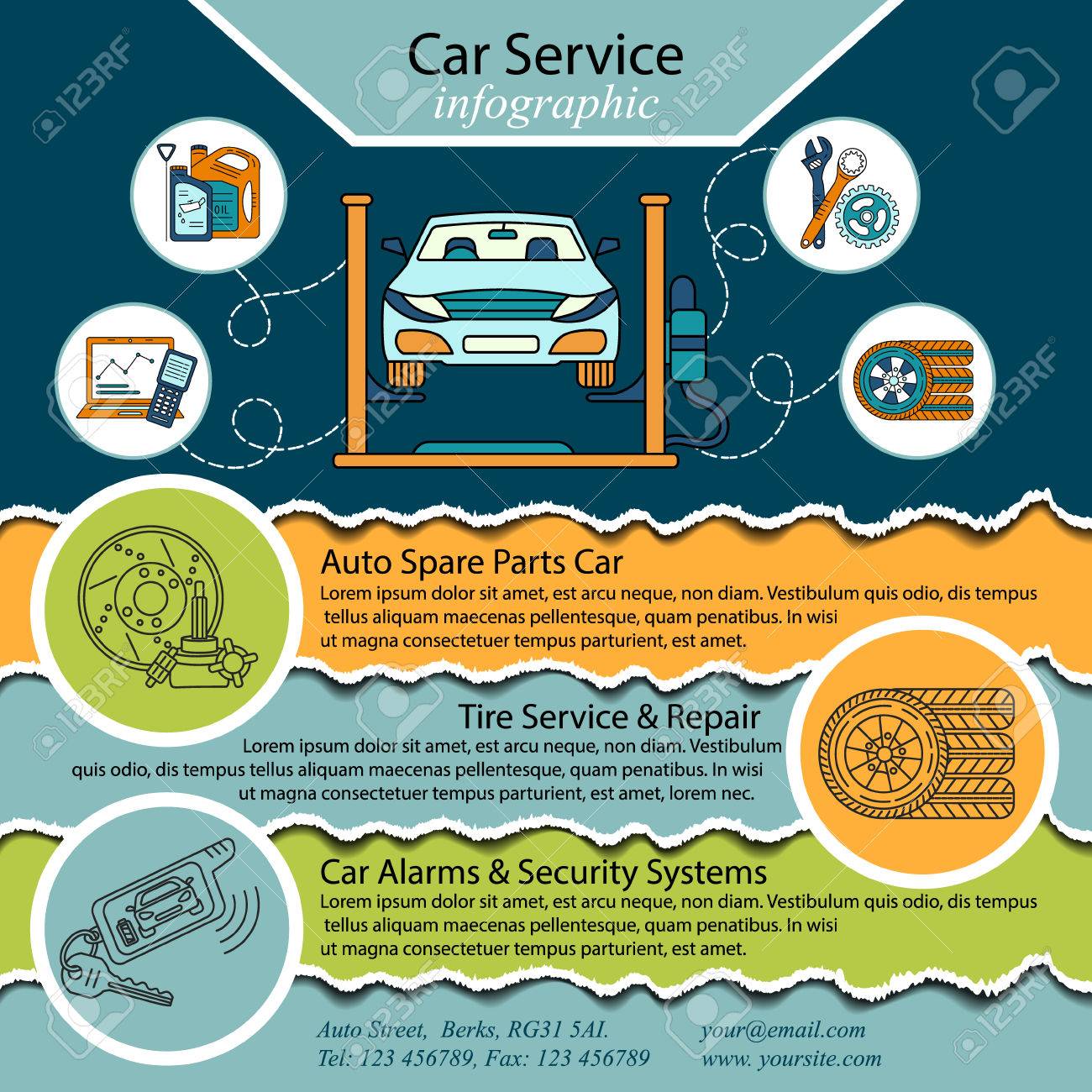Interested In Understanding The Warning Lights On Your Car'S Control Panel? Discover Their Importance For Your Automobile'S Safety And Total Condition
Interested In Understanding The Warning Lights On Your Car'S Control Panel? Discover Their Importance For Your Automobile'S Safety And Total Condition
Blog Article
Created By-Lim Forbes
When you lag the wheel, those radiant warning lights on your control panel can be a bit complicated. Do you understand what they're attempting to inform you concerning your auto's health? Understanding the value of these lights is crucial for your safety and security and the long life of your vehicle. So, the next time among those lights pops up, would not you want to decode its message accurately and take the essential actions to address it?
Common Caution Lights and Interpretations
Determine common caution lights in your auto and comprehend their significances to guarantee safe driving.
One of the most common caution lights consist of the check engine light, which signals problems with the engine or exhausts system. If this light begins, it's critical to have your automobile checked promptly.
The oil stress cautioning light indicates low oil stress, needing immediate attention to prevent engine damage.
A flashing battery light might suggest a malfunctioning billing system, potentially leaving you stranded otherwise attended to.
The tire pressure monitoring system (TPMS) light notifies you to low tire stress, influencing lorry stability and gas performance. Overlooking this could result in harmful driving conditions.
The abdominal light indicates a problem with the anti-lock braking system, jeopardizing your ability to quit swiftly in emergency situations.
Last but not least, the coolant temperature level warning light warns of engine getting too hot, which can cause extreme damages if not fixed promptly.
Comprehending these typical caution lights will help you attend to problems quickly and preserve safe driving problems.
Importance of Prompt Attention
Comprehending the common warning lights in your cars and truck is only the very first step; the relevance of quickly dealing with these cautions can't be emphasized sufficient to guarantee your safety and security when traveling.
When https://brake-pads06172.blogrelation.com/38250260/analyze-your-vehicle-s-needs-to-locate-the-ideal-car-outlining-solution-for-you-yet-which-aspects-will-really-affect-your-choice illuminates on your control panel, it's your automobile's way of interacting a possible concern that needs focus. Overlooking these cautions can lead to a lot more extreme troubles in the future, jeopardizing your security and potentially costing you a lot more out of commission.
Prompt focus to cautioning lights can stop breakdowns and crashes. For instance, a flashing check engine light could suggest a misfire that, if left unattended, could create damage to the catalytic converter. Addressing this quickly can conserve you from a costly repair work.
In a similar way, a brake system advising light could indicate reduced brake liquid or worn brake pads, essential components for your security when driving.
DIY Troubleshooting Tips
If you observe a caution light on your control panel, there are a few do it yourself fixing pointers you can attempt prior to seeking specialist aid.
The initial step is to consult your cars and truck's manual to understand what the particular caution light shows. In visit the following web page can be as straightforward as a loose gas cap causing the check engine light. Tightening up the gas cap may solve the issue.
Another typical issue is a low battery, which can set off numerous advising lights. Checking the battery links for deterioration and guaranteeing they're secure might deal with the issue.
If a warning light persists, you can try resetting it by separating the auto's battery for a couple of mins and after that reconnecting it. Furthermore, examining your vehicle's liquid degrees, such as oil, coolant, and brake liquid, can aid troubleshoot cautioning lights related to these systems.
Final thought
In conclusion, understanding your car's caution lights is vital for keeping your vehicle running efficiently and securely. By promptly dealing with these alerts and understanding what they suggest, you can stay clear of pricey repair services and prospective breakdowns.
Remember to consult your vehicle's guidebook for specific information on each advising light and act appropriately to make certain a trouble-free driving experience.
Stay educated, stay secure when driving!
